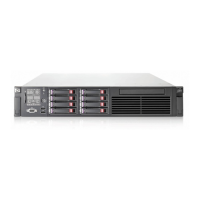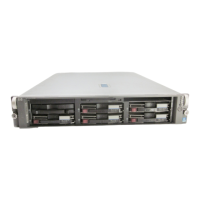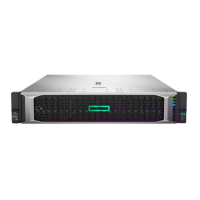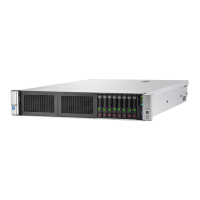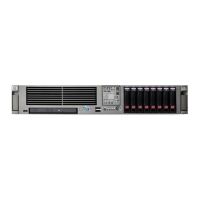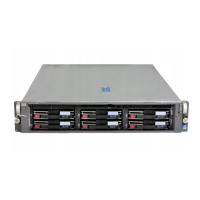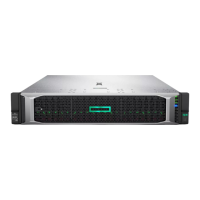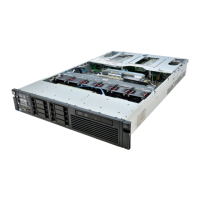Do you have a question about the HP ProLiant DL380 G5 and is the answer not in the manual?
Information on how to contact HP for technical support and required details.
Introduces Windows Storage Server 2003 R2 and its editions, including comparisons.
Details server configurations, factory image, physical setup, external drives, and default boot sequence.
Covers DFS, Storage Manager for SANs, SIS, Search enhancements, FSRM, and SharePoint Services.
Details Array Configuration Utility, Disk Management, and guidelines for managing disks and volumes.
Explains adding storage, expanding arrays/volumes using utilities, and DiskPart.
Covers VSS overview, planning, enabling, managing shadow copies, and recovery procedures.
Defines cluster basics like nodes, resources, virtual servers, failover, and quorum disk.
Illustrates cluster diagrams, resource hierarchies, planning storage, networks, and protocols.
Covers prerequisites, checklists, network setup, shared disks, installation steps, and cluster service configuration.
Details using Cluster Administrator, remote administration, creating/adding nodes, and managing groups/resources.
Explains failover, node restarts, shutdown/power-up, print services in clusters, and NFS in clusters.
Guides users to HP Support & Drivers for drivers, troubleshooting, manuals, and guides.
Covers service documentation, customer self-repair, firmware updates, and Certificate of Authenticity.
Describes using the DVD for initial OS installation and restoring a factory image.
| Processor Sockets | 2 |
|---|---|
| Chipset | Intel 5000P |
| Memory Slots | 8 DIMM slots |
| Form Factor | 2U rackmount |
| Expansion Slots | 6 PCI-Express slots |
| Processor | Intel Xeon 5000 series |
| Memory | Up to 64GB DDR2 |
| Storage | Up to 8 SFF or 6 LFF SAS/SATA drives |
| RAID | Smart Array P400i controller (optional) |
| Network | Embedded NC373i Multifunction Gigabit Network Adapter |
| Power Supply | Hot-plug redundant power supplies |
| Operating System Support | Windows Server, Red Hat Enterprise Linux, SUSE Linux Enterprise Server |

